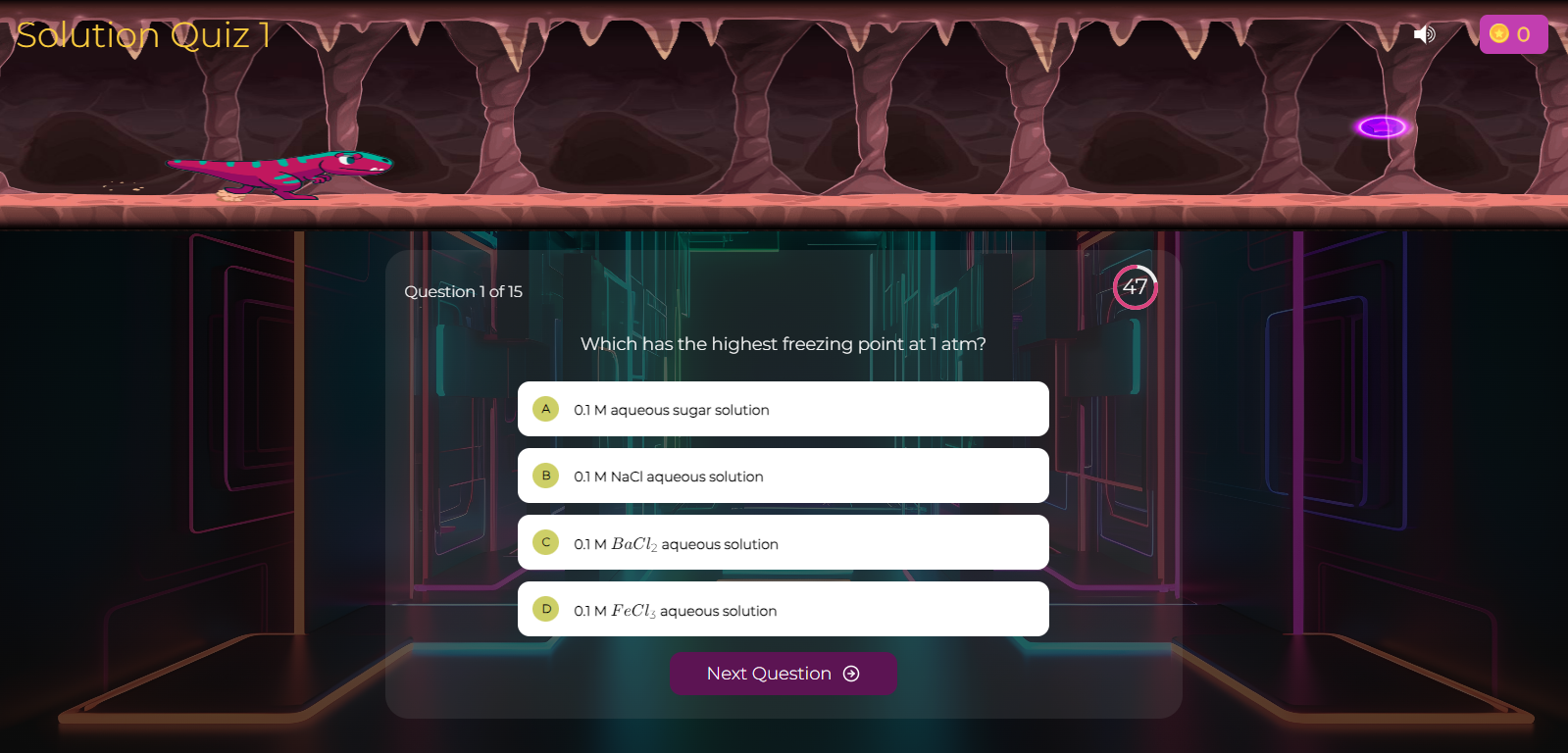
Dual Nature Of Radiation And Matter Quiz-2
Popular Questions In Dual Nature Of Radiation And Matter Quiz-2
The electric field associated with a light wave is given by . Find the stopping potential when this light is used in an experiment on photoelectric effect with the similar having work function 1.9 eV
The work function of potassium is 2.24 eV. The region of the electro spectrum which liberates the electron from potassium is
An electron accelerated by a p.d of V possess a de Broglie wavelength . If the accelerating potential is increased by a factor 4. The de Broglie wavelength of the electron will
Relative to the original photon the photon that emerges after a collision with an electron has
An electron, proton, and an alpha particle all have the same kinetic energy. The de Broglie wavelength is
A particle is moving three times as fast as an electron. The ratio of the de- Broglie wavelength of the particle to that of the electron is . Calculate the particle's mass and identify the particle. Mass of electron = kg.
The energy of a proton is equal to the kinetic energy of a photon. The energy of the photon is E. Let be de Broglie wavelength of proton and the wavelength of photon. Then we have
The de Broglie wavelength of electron in ground state of hydrogen atom is (given that the radius of the first orbit of hydrogen atom’s 0.53 Å)
The work function for aluminium surface is 4.2 eV. The cut off wavelength for photoelectric effect is
A metal surface ejects electrons when green light is incident on it but no emission take place when yellow light is incident on it. The electrons will be emitted when the surface has


